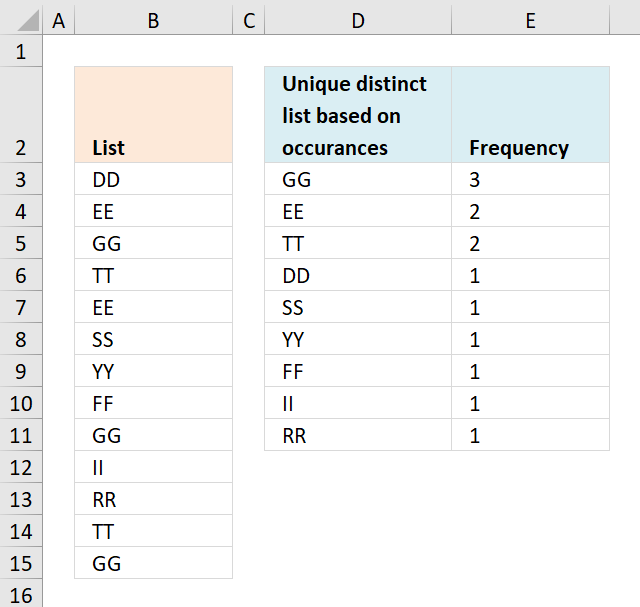'Frequency table' category
How to list unique distinct values sorted by frequency
What's on this page Unique distinct values sorted based on frequency (single column) Unique distinct values sorted based on frequency […]
What's on this page Unique distinct values sorted based on frequency (single column) Unique distinct values sorted based on frequency […]
